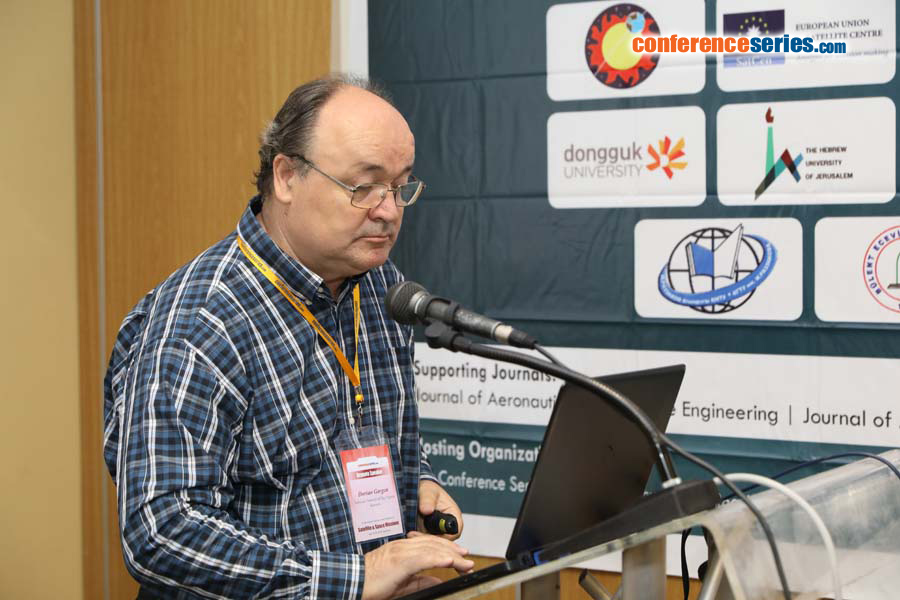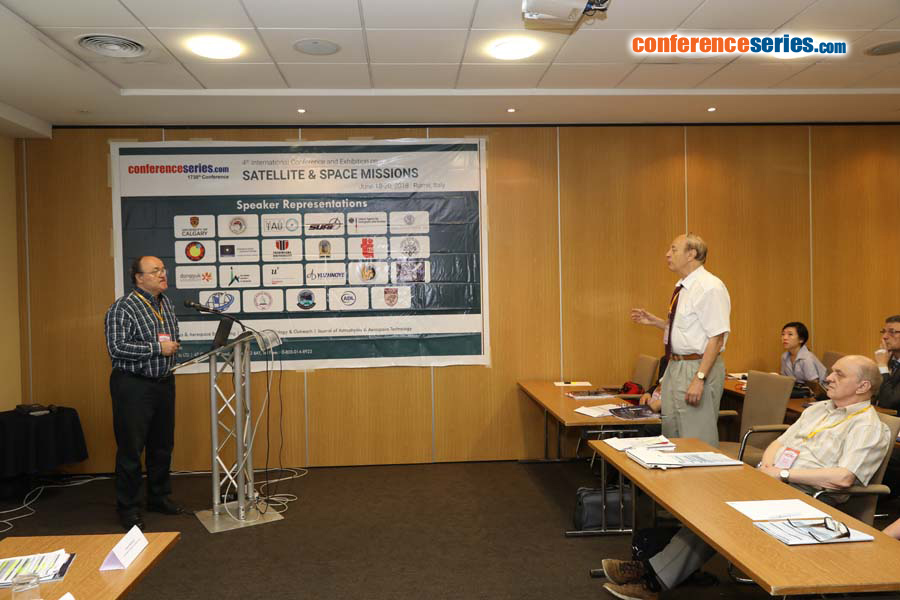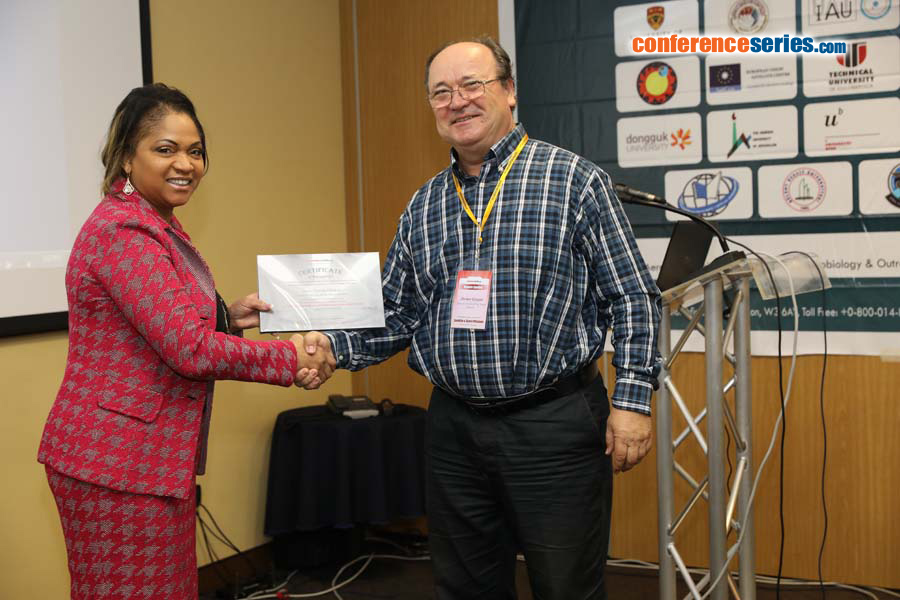
Dorian Gorgan
Technical University of Cluj-Napoca, Romania
Title: Optical detection of asteroids by NEARBY platform
Biography
Biography: Dorian Gorgan
Abstract
The survey of the nearby space and continuous monitoring of the near Earth objects (NEOs) and near Earth asteroids (NEAs) are essential for the future of our planet. More computing power and sophisticated algorithms are needed to cope with the astronomy imaging cameras dedicated for survey telescopes. Medium and larger size telescopes (2-4m) are needed for the detection of fainter NEAs using the classic "blink" algorithm if targets are visible in most individual images, but smaller telescopes could be also used to image faint targets invisible on individual images using the "track and stack" and the new synthetic (or digital) tracking algorithms which need extensive computing resources. We propose to improve these methods and implement them in a new pipeline to reduce astronomical images and detect moving sources in astronomical surveys of the nearby space in almost real time needed to secure new discoveries. The NEARBY Project (Visual Analysis of Multidimensional Astrophysics Data for Moving Objects Detection) aims to develop a software platform and application to process and analyze multidimensional data in order to detect and identify faint moving objects in astronomical images of the same field taken in similar observing conditions (weather, filter, exposure time) within short time intervals. The project is funded by the Romanian Space Agency (ROSA). The NEARBY software also supports the visually analysis and validation of the moving objects, flexible description of the adaptive processing over high performance computation infrastructure.




